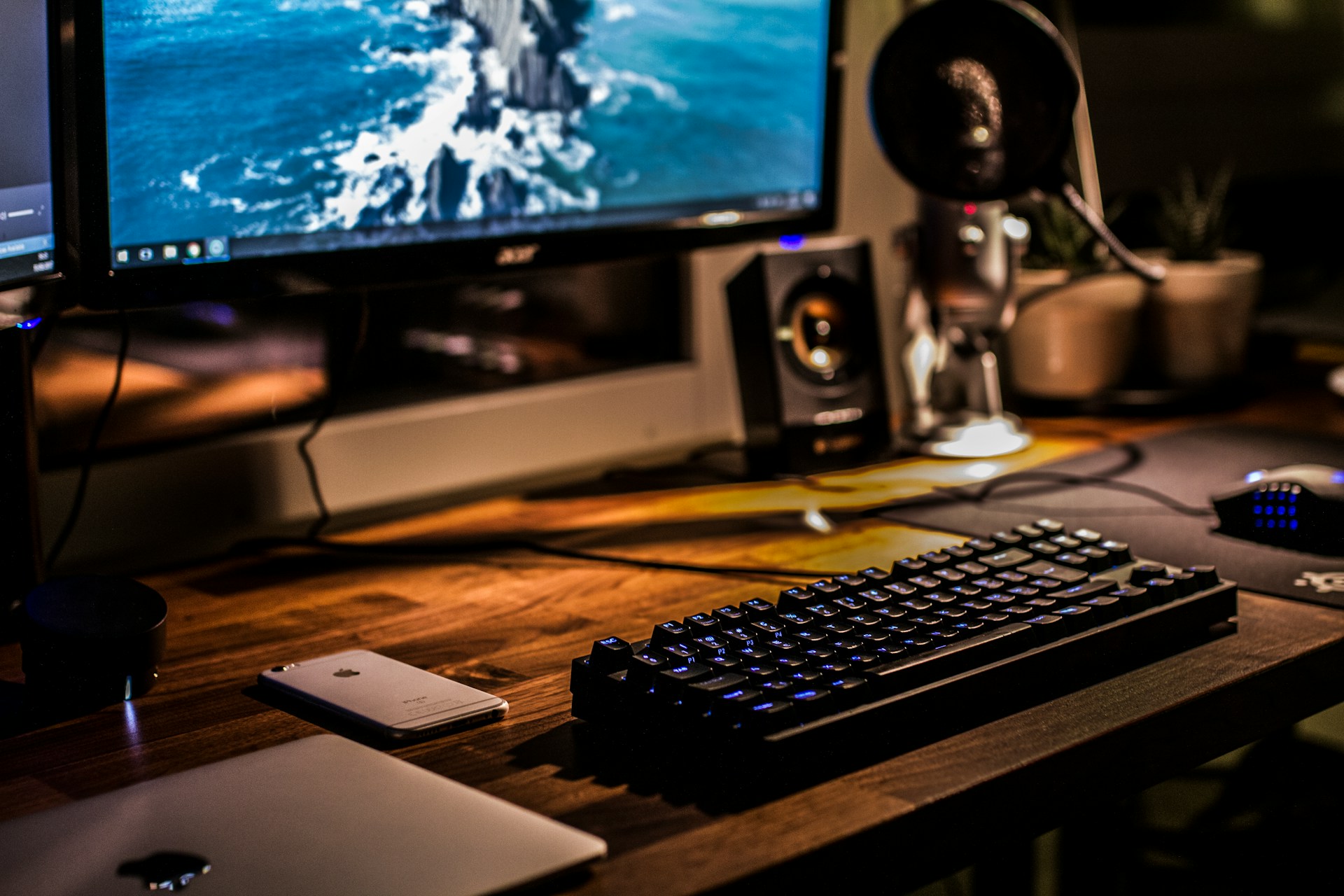Setting up a game streaming rig can be a complex process with numerous components working in harmony. However, even the best setups can encounter issues that disrupt your streaming experience. This blog will cover common problems faced by game streamers and provide detailed troubleshooting tips to ensure your setup runs smoothly.
1. Audio Issues
Clear audio is essential for keeping your audience engaged. Here are some common audio problems and how to fix them:
Echo or Feedback
- Solution: Check your audio settings to ensure you are not capturing audio from both your microphone and another source, such as your desktop audio. Use headphones to prevent your microphone from picking up game sounds from your speakers.
Low Volume or Muffled Sound
- Solution: Ensure your microphone is positioned correctly and that there are no obstructions. Check your audio interface or mixer settings to increase the gain. Use software like OBS to fine-tune your audio levels.
Background Noise
- Solution: Use a noise gate filter in your streaming software to eliminate background noise. Invest in a dynamic microphone, which is less sensitive to ambient sounds compared to a condenser microphone.
2. Video Quality Problems
Your video quality plays a significant role in retaining viewers. Here’s how to address common video issues:
Blurry or Pixelated Video
- Solution: Check your camera’s focus and ensure it’s set to the appropriate resolution in your streaming software. Upgrade to a higher quality webcam or use a DSLR/mirrorless camera for better clarity. Ensure you have sufficient lighting to improve video sharpness.
Laggy or Stuttering Stream
- Solution: Lower your stream’s resolution or frame rate in your streaming software. Ensure your PC or console isn’t overloaded by closing unnecessary programs. If using a dual PC setup, ensure your capture card is properly installed and configured.
Incorrect Aspect Ratio
- Solution: Adjust the aspect ratio settings in your streaming software to match your camera’s output. Make sure your game capture resolution is set correctly to avoid stretching or cropping your video.
3. Connectivity Issues
A stable internet connection is crucial for a seamless streaming experience:
Frequent Disconnections
- Solution: Use a wired Ethernet connection instead of Wi-Fi to reduce interruptions. Check your internet speed and upgrade your plan if necessary. Restart your router to clear any temporary issues.
High Latency
- Solution: Close bandwidth-intensive applications while streaming. Use quality of service (QoS) settings on your router to prioritize your streaming traffic. Choose a streaming server closest to your location in your streaming software.
Dropped Frames
- Solution: Lower your stream’s bitrate in your streaming software to match your internet upload speed. Ensure your PC’s CPU and GPU aren’t overloaded by monitoring their usage and adjusting game settings accordingly.
4. Software Glitches
Streaming software can occasionally run into glitches that affect your stream:
OBS Crashing or Freezing
- Solution: Update OBS to the latest version. Check for any conflicting plugins and disable them. Ensure your graphics drivers are up to date.
Incorrect Audio/Video Sync
- Solution: Use OBS’s built-in sync offset feature to align your audio and video. Adjust your capture card settings to ensure it matches your stream’s frame rate and resolution.
Overlay or Alert Malfunctions
- Solution: Check your overlay and alert sources in OBS to ensure they are correctly linked and active. If you’re using browser-based overlays, ensure you have a stable internet connection.
5. Hardware Troubles
Sometimes, the issue lies within your hardware setup:
Capture Card Not Detected
- Solution: Ensure the capture card is securely connected to your PC and console. Update the capture card’s drivers. Try a different USB port if it’s an external capture card.
Microphone Not Recognized
- Solution: Check the microphone’s connection and ensure it’s selected as the input device in your streaming software. Update your audio drivers and check your operating system’s audio settings.
Camera Freezing
- Solution: Ensure your camera is properly connected and recognized by your PC. Check for any firmware updates for your camera. If using a DSLR/mirrorless camera, ensure it has sufficient power and isn’t overheating.
Conclusion
Troubleshooting your game streaming setup can be challenging, but with these tips, you can quickly identify and resolve common issues. Regularly maintain your equipment, keep your software updated, and test your setup before going live to ensure a smooth and professional streaming experience.

